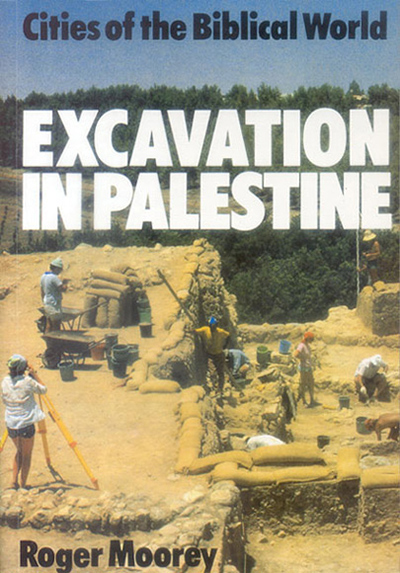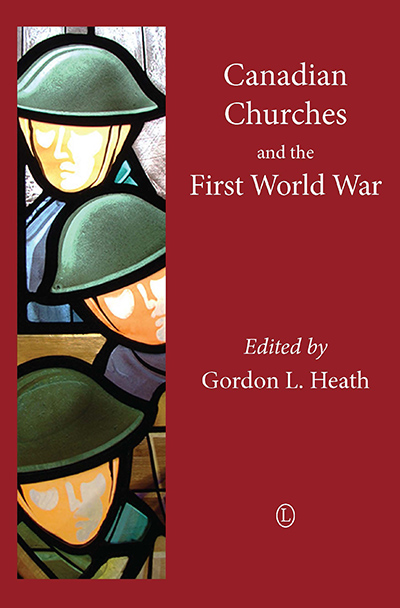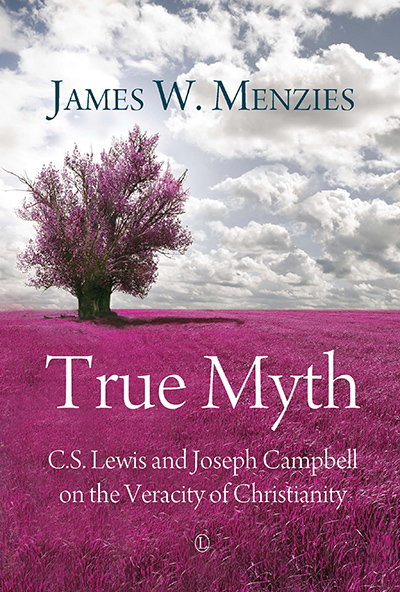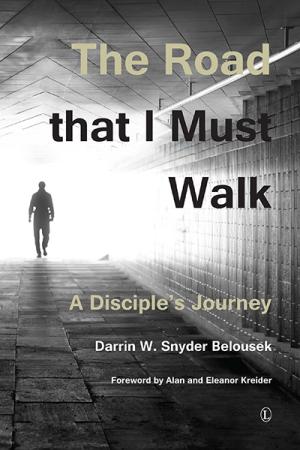Description
From the Cities of the Biblical World series – a series describing the recent archaeological developments at major Biblical sites for the general reader, the student and the tourist. Excavation in Palestine is the background and introductory volume to this series.
How do archaeologists know where to dig? How do they sort out layers of stones, dirt and broken pots? And what is the connection between archaeology and biblical study ? In Excavation in Palestine, Roger Moorey answers these questions and at the same time explains the history of archaeological excavation in Palestine. He describes the daily routine of digging on a site. “To find a wall and follow it by clearing away the debris on each side,” he says, “might seem an obvious way to excavate to a layman. Nothing could be more disastrous.” He then goes on to discuss the evaluation and dating (including carbon dating) of such debris as pottery, stone, bone, coins, glass, wood, textiles and plant material.
When it comes to the Bible he says that archaeological material “is most readily interpreted in terms of the broad economic, social and technological factors affecting human life.” There is therefore a fallacy in “looking to dirt archaeology for precise information on such figures as Abraham, Moses or Joshua.” Archaeological evidence does throw light, however, on the material culture portrayed in the Old Testament.






